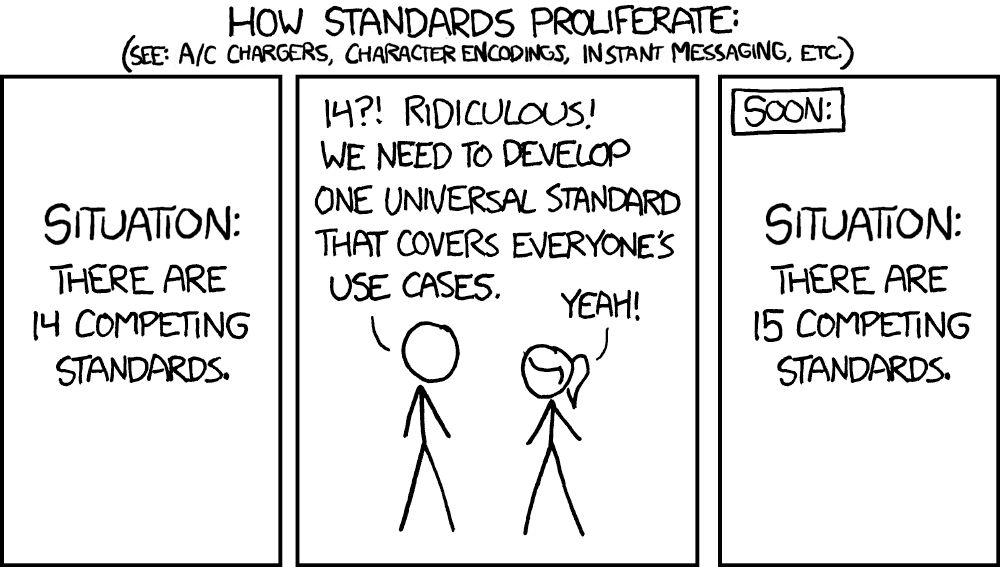Having done a 'big Clive' on a failed socket listed by MK as fast charging and found both outlest were simply multipled together then surely they must have data connectivity.Unless the MK source is provided with D+ and D- and a PD Engine then what you are imagining just can't happen.
Which takes me straight back to one device negotiating a higher voltage and the other device being bu****ed. If fact thinking about it; that could have been the problem where it was assumed the failed phone overloaded the socket and it could have been the opposite.




